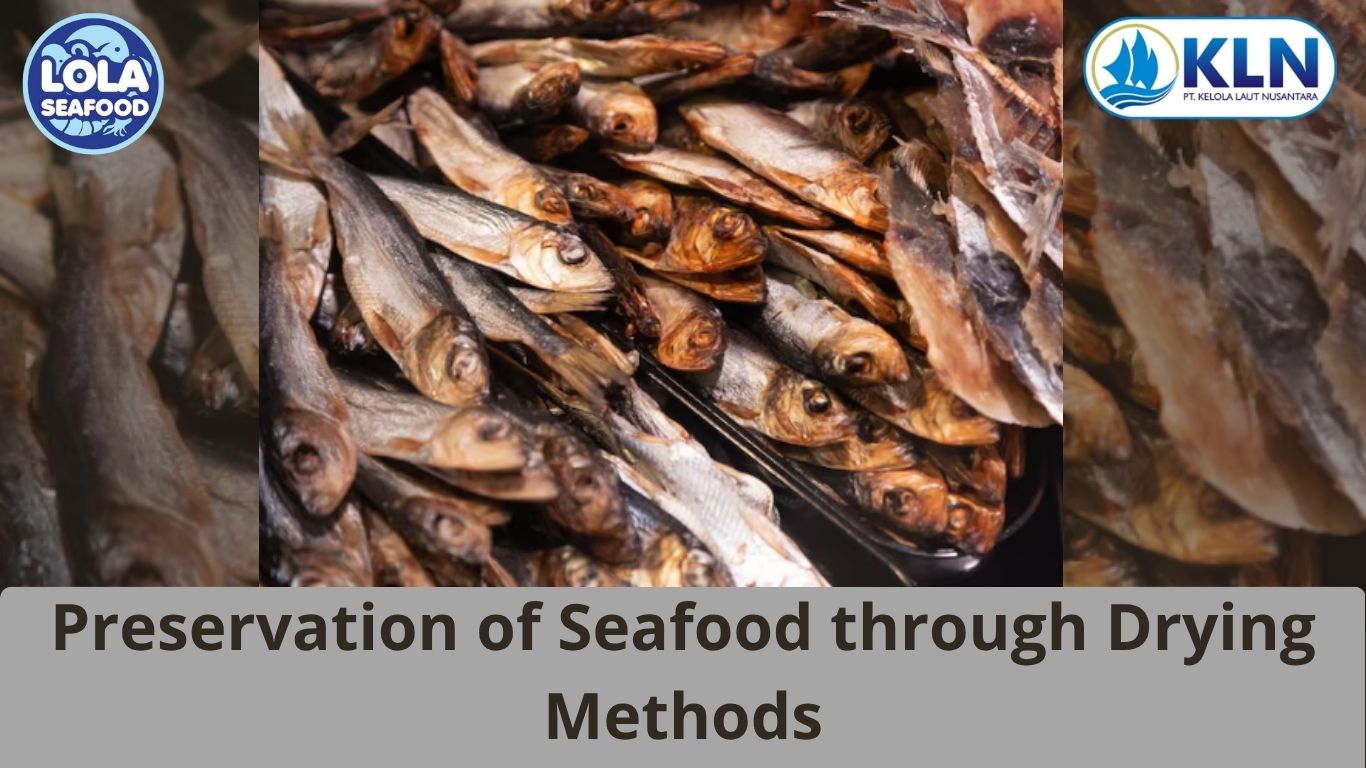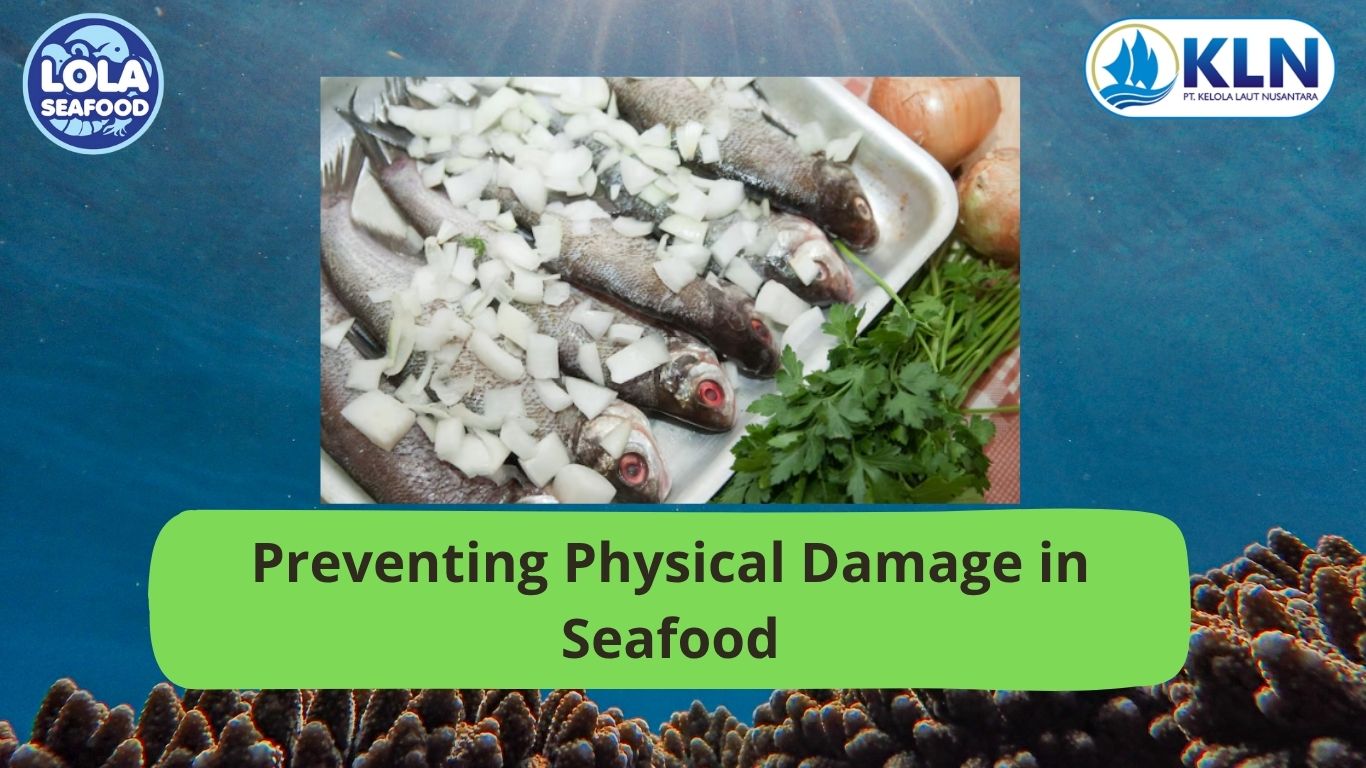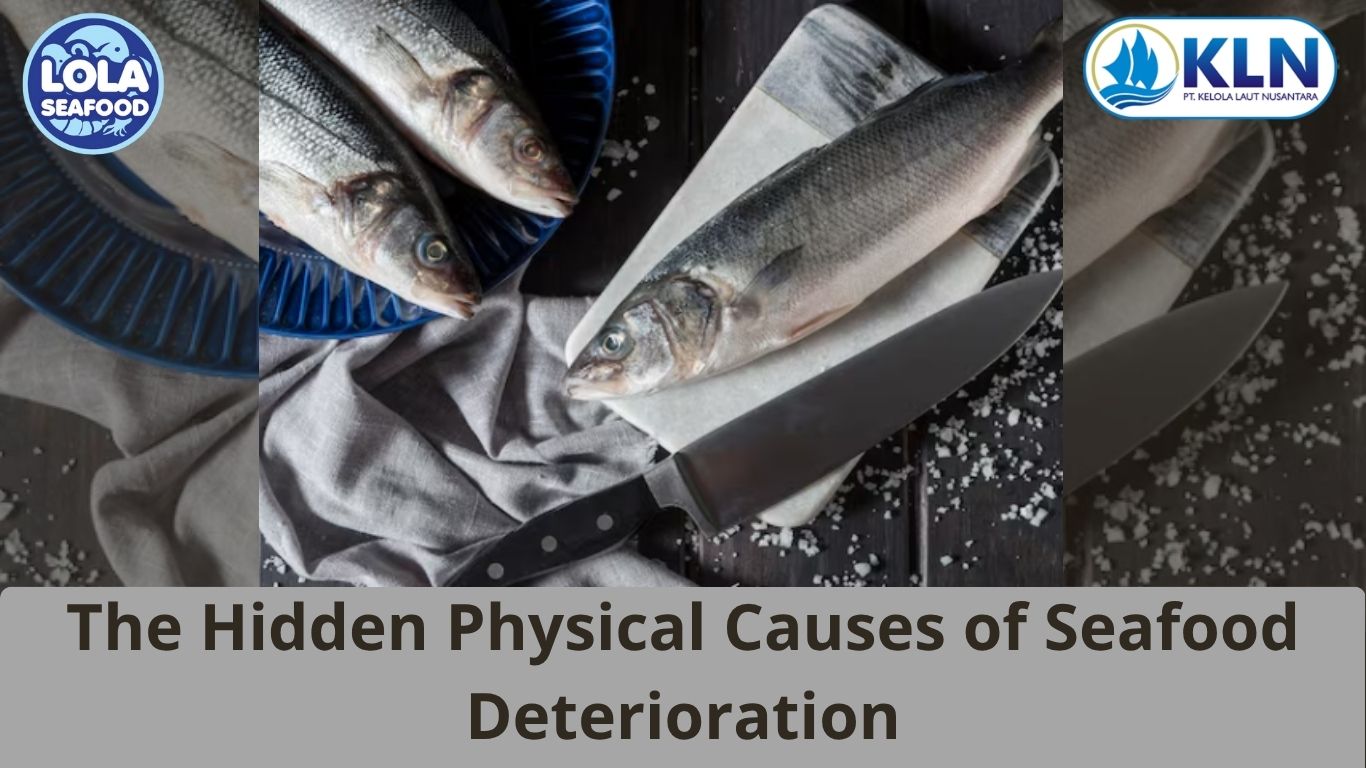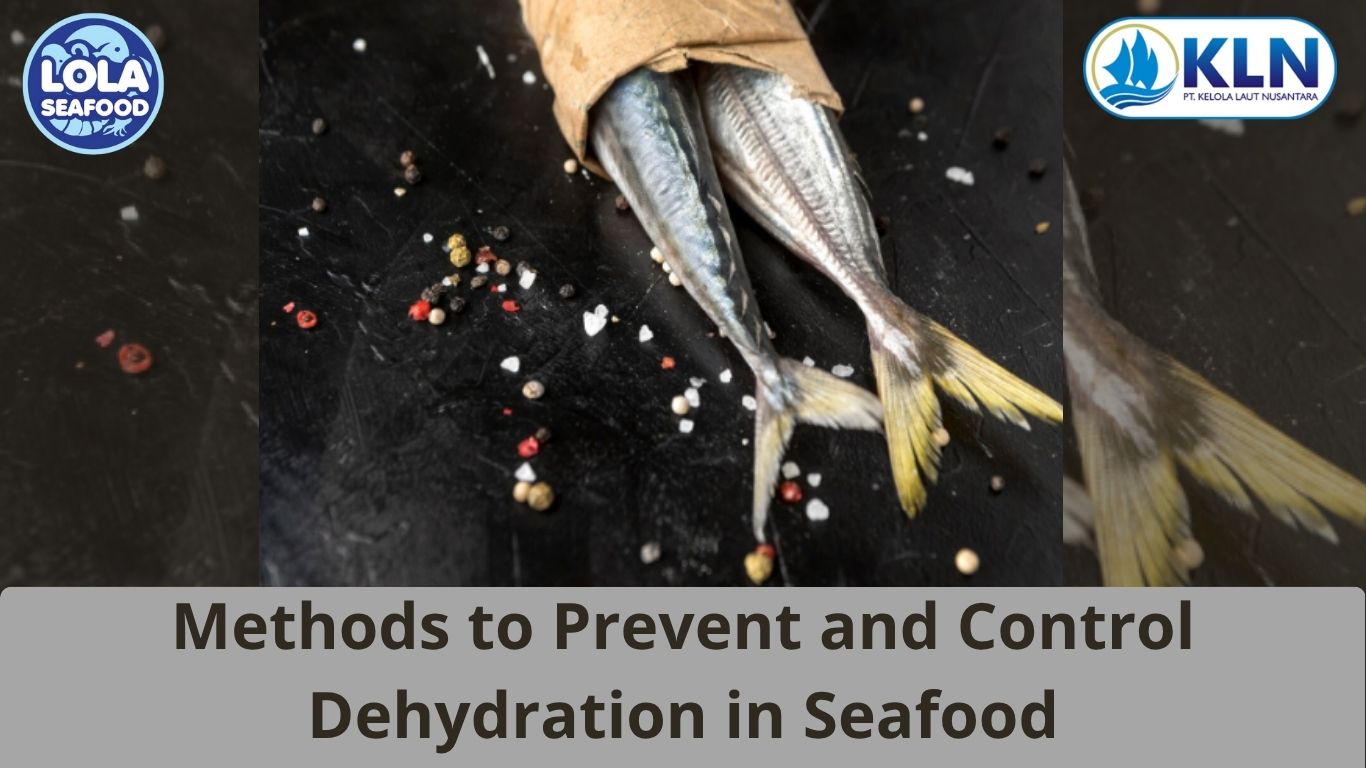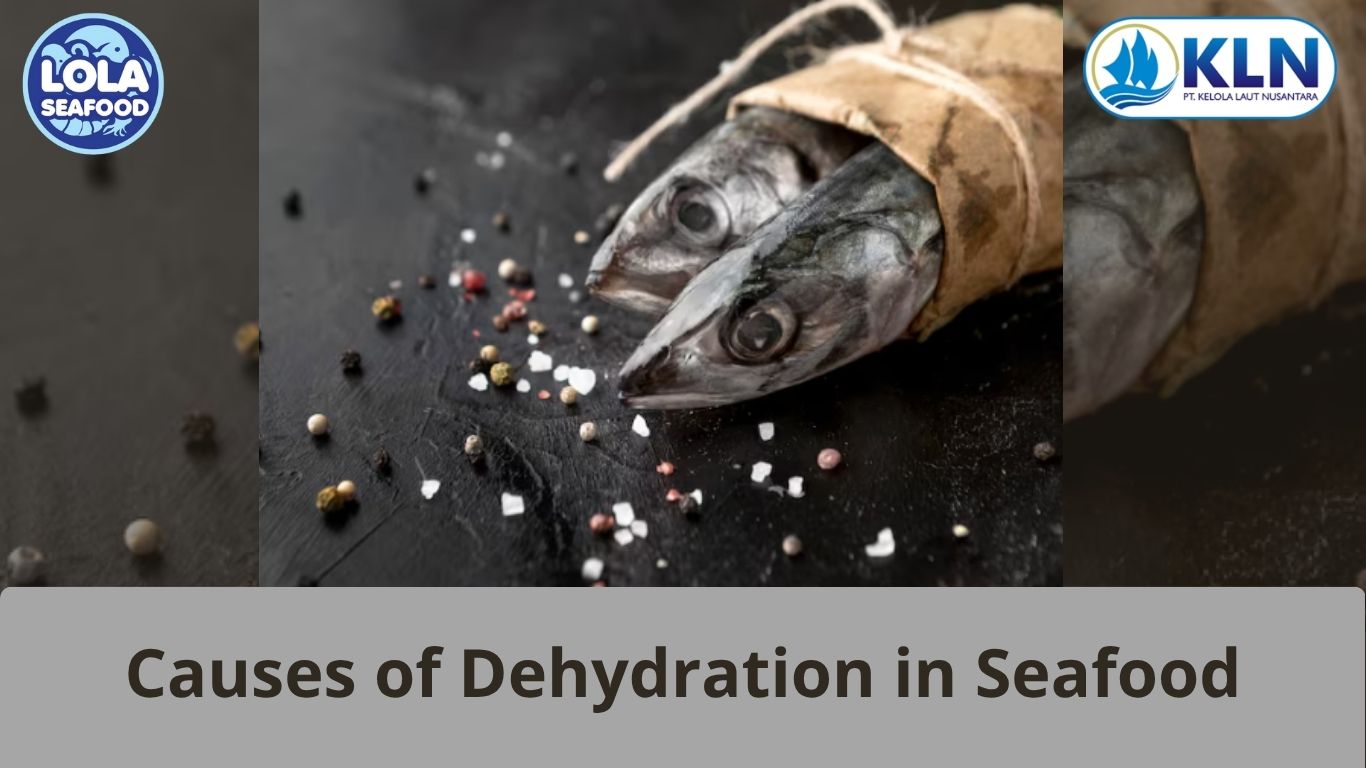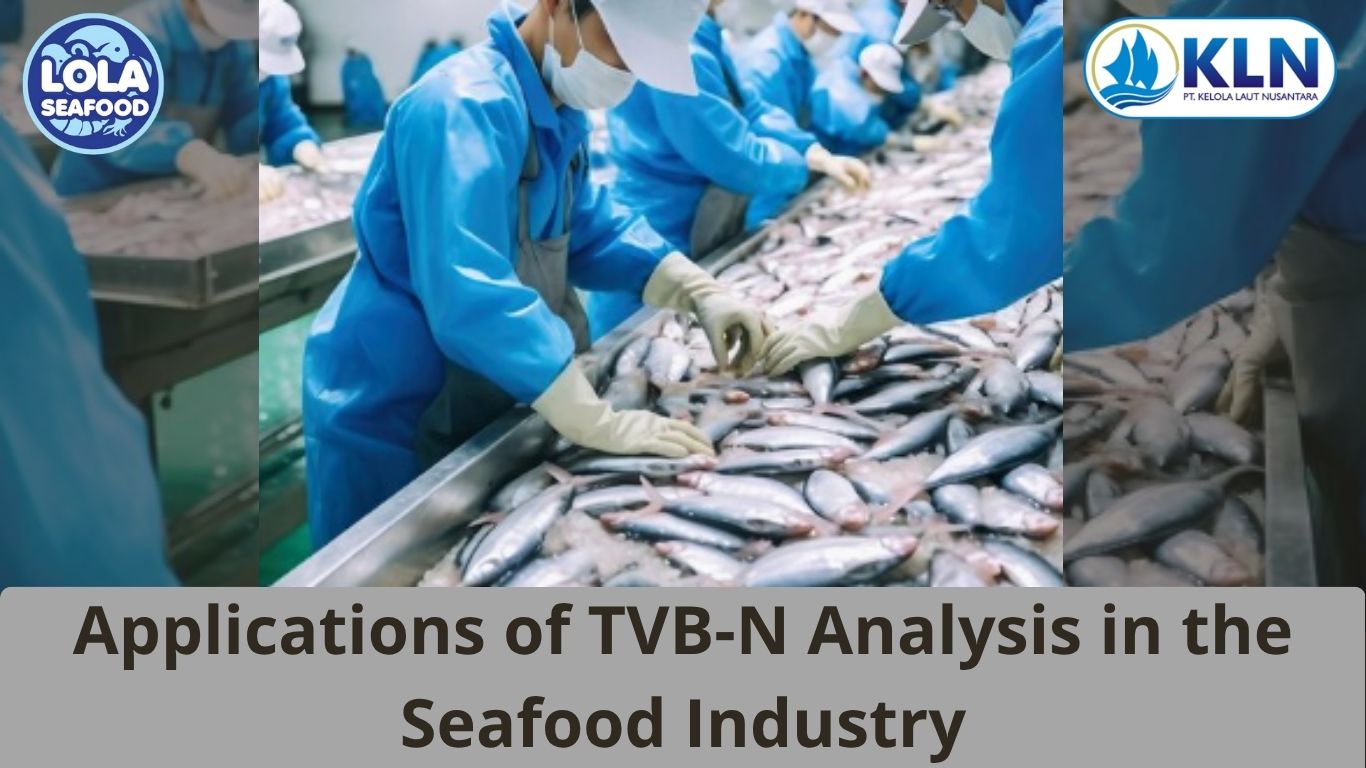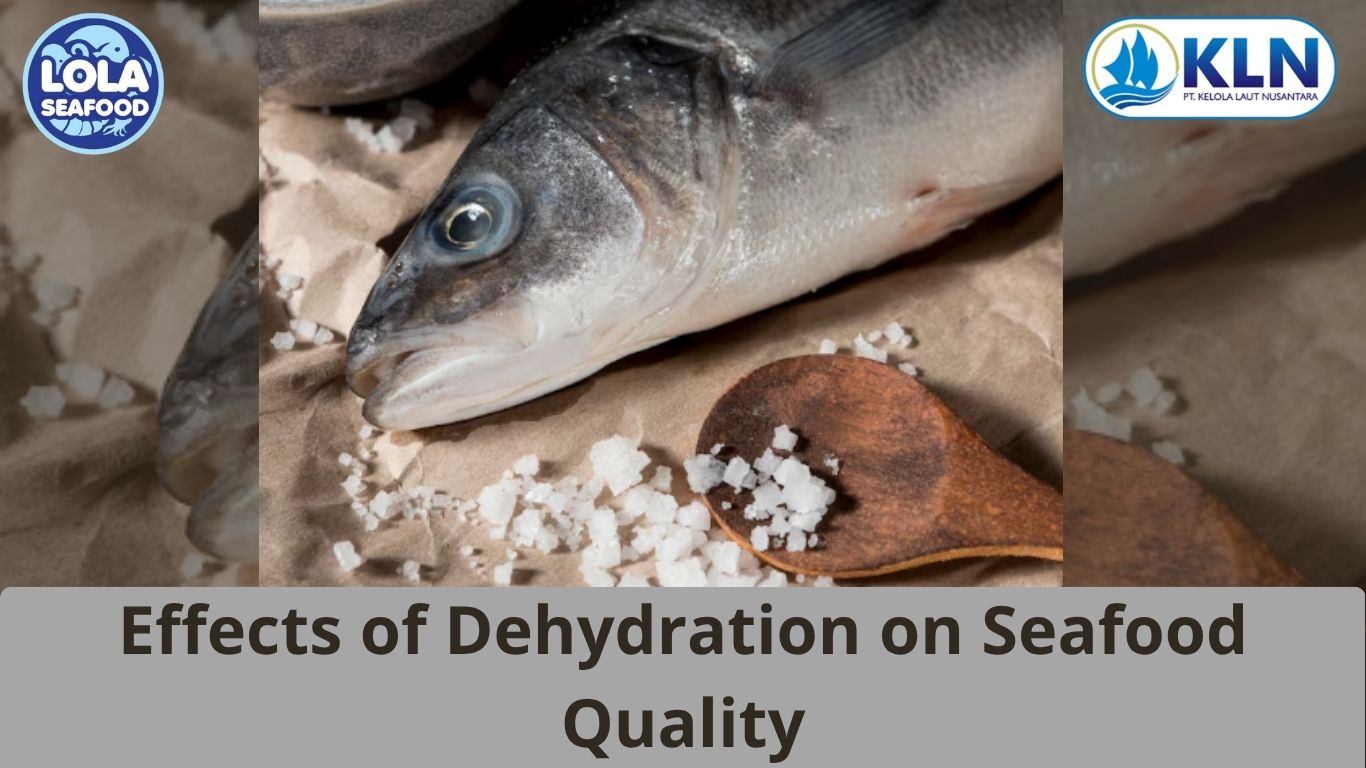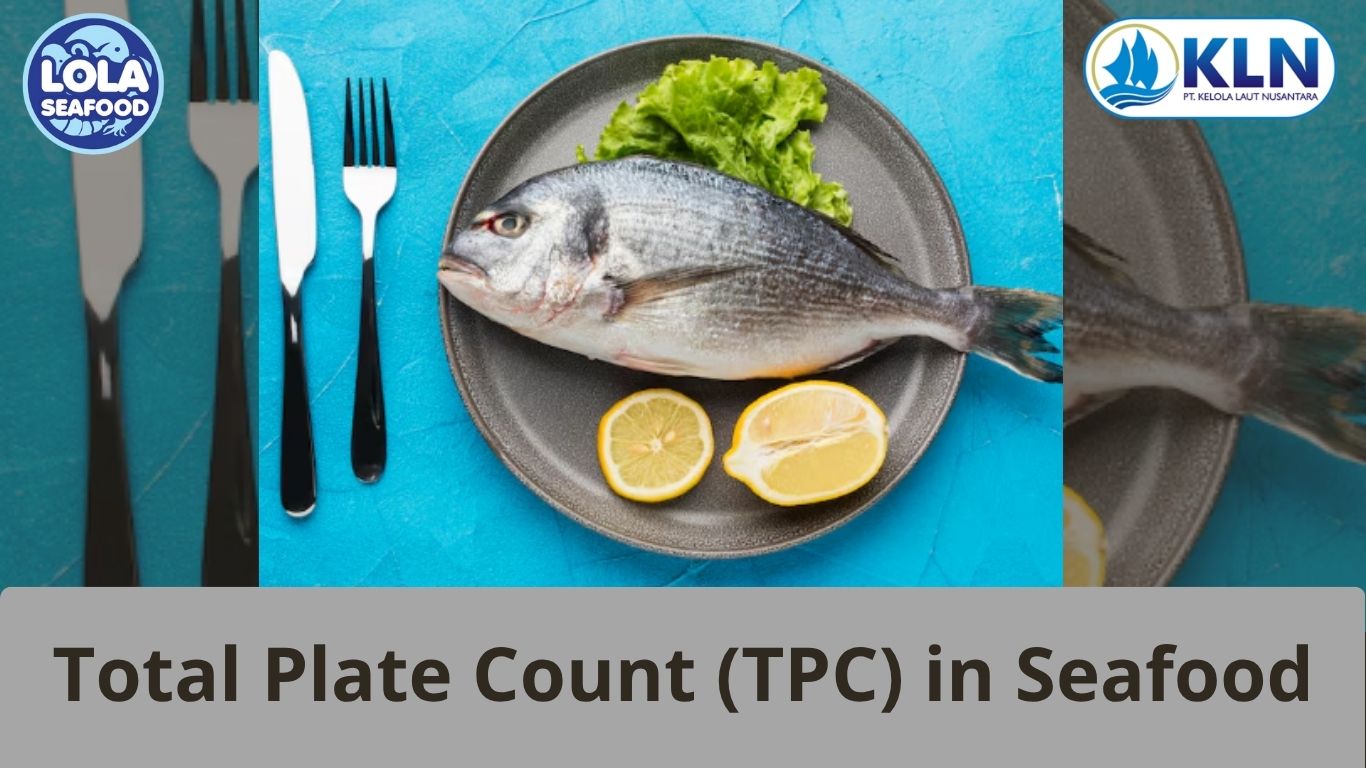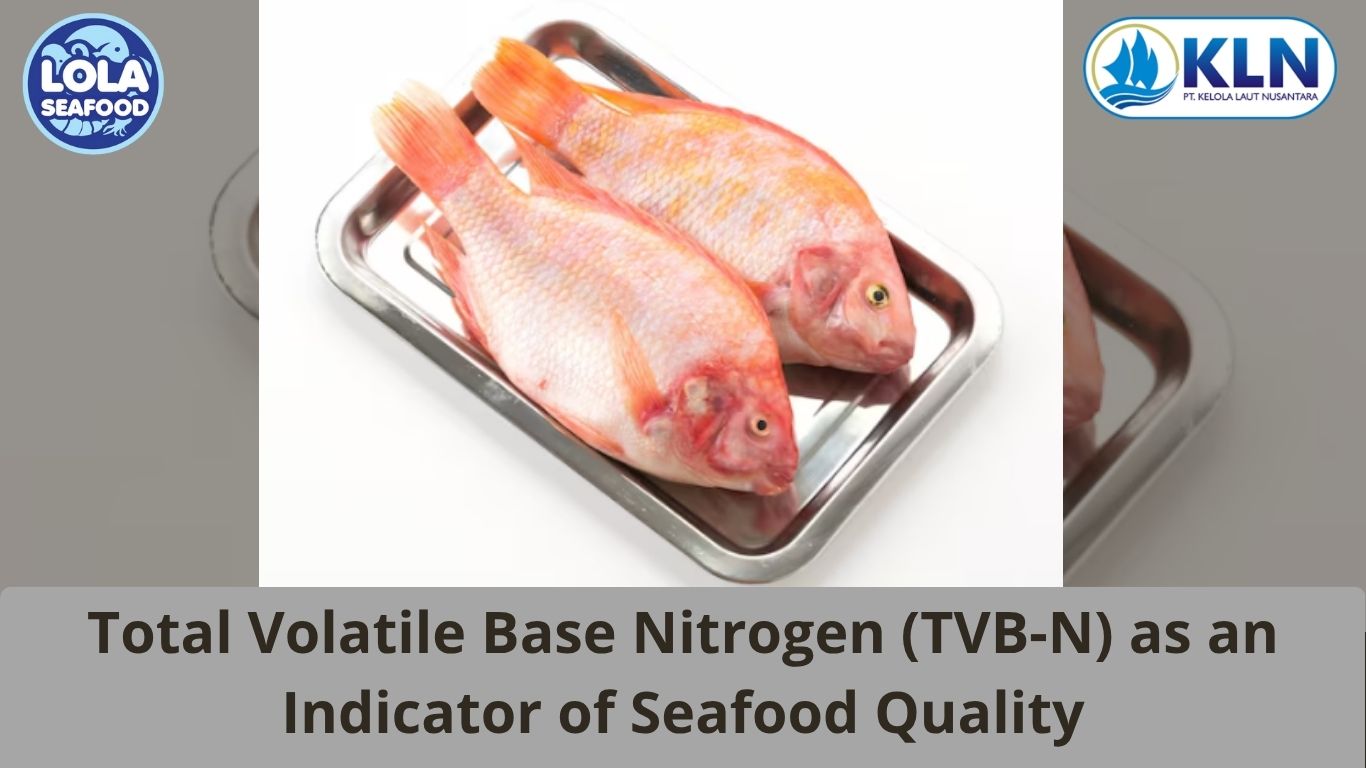REFRIGERATION: THE HEART OF FISH PROCESSING PLANT
By. Najih - 29 Aug 2024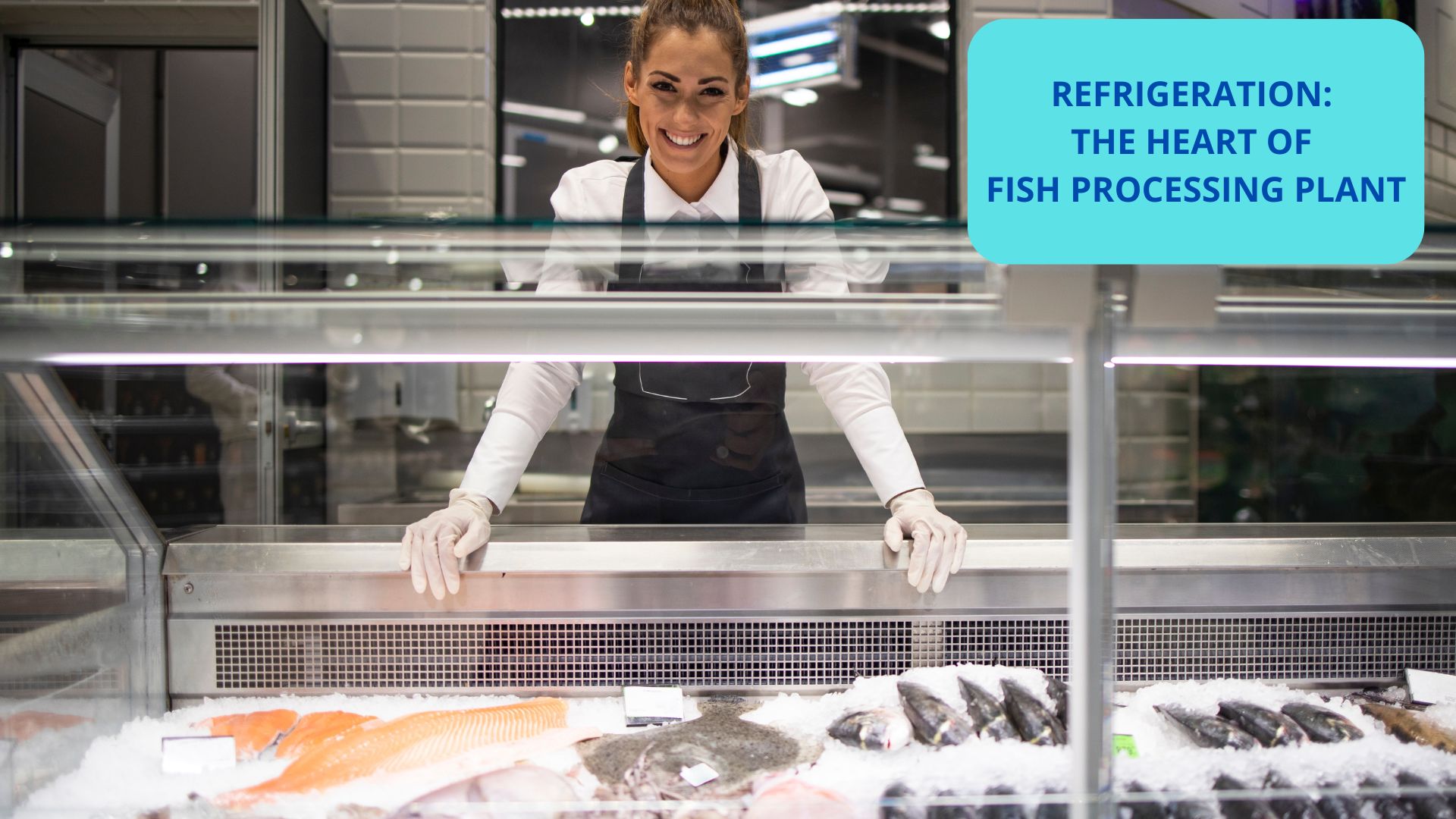
Depending on the species, fish have varying amounts of proteins and vitamins, primarily A, B (B₁, B₂, B₃, and B₁₂), D, and E. They also contain minerals such as sodium, iron, potassium, and calcium. However, to maintain its nutritional properties, it is necessary to preserve it through proper cold chain management from capture, processing, and transportation to commercialization. This is the purpose of industrial refrigeration in the fishing industry.
Refrigeration is the heart of fish or shrimp processing plant. It all starts with the use of ice from the time of harvesting until it reaches to final consumer kitchen. It is highly necessary to keep the temperature chain intact to keep the quality of the product, whether it is fresh or frozen.
For a refrigeration plant to work efficiently it is really necessary to have a good processing plant layout. The simple reason is that every part inside the processing plant maintains a lesser temperature than the ambient temperature in most parts of the year. It means the building is energized, even more; appropriate to say that it is refrigerated. This is true for even those plants which do not have an air conditioning system inside the pre-processing and processing area. These areas are getting cooled by the energy given out by the melting of Ice.
- Pre-cooling. The catch is subjected to temperatures below 4°C. The resources for pre-cooling and cold maintenance are usually tanks of chilled seawater and/or flake ice. Typically, on some vessels, seawater at temperatures between 0°C and -1°C is used.
- Freezing. On the other hand, many fishing vessels carry out pre-processing of the fish once caught. This task can be carried out in plate freezers. Then, the pieces are subjected to rapid freezing at low temperatures for preservation during transport to land. These temperatures could reach between -30°C and -50°C.
- On-board conservation. In order to preserve the organoleptic conditions of the catch during transport to land, the load is placed directly in refrigerators with temperatures of -30°C. Depending on the species, this cooling could go down to -60°C.
